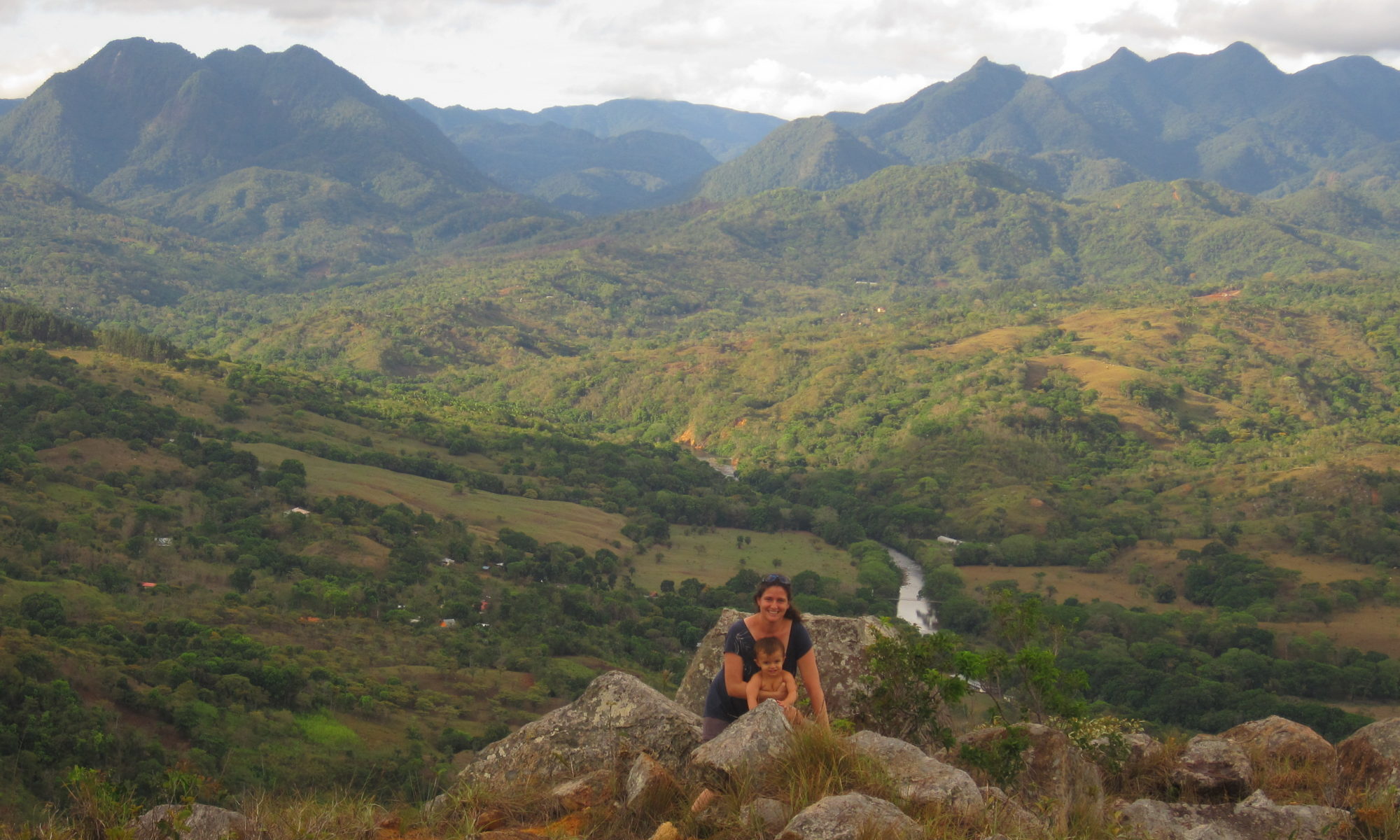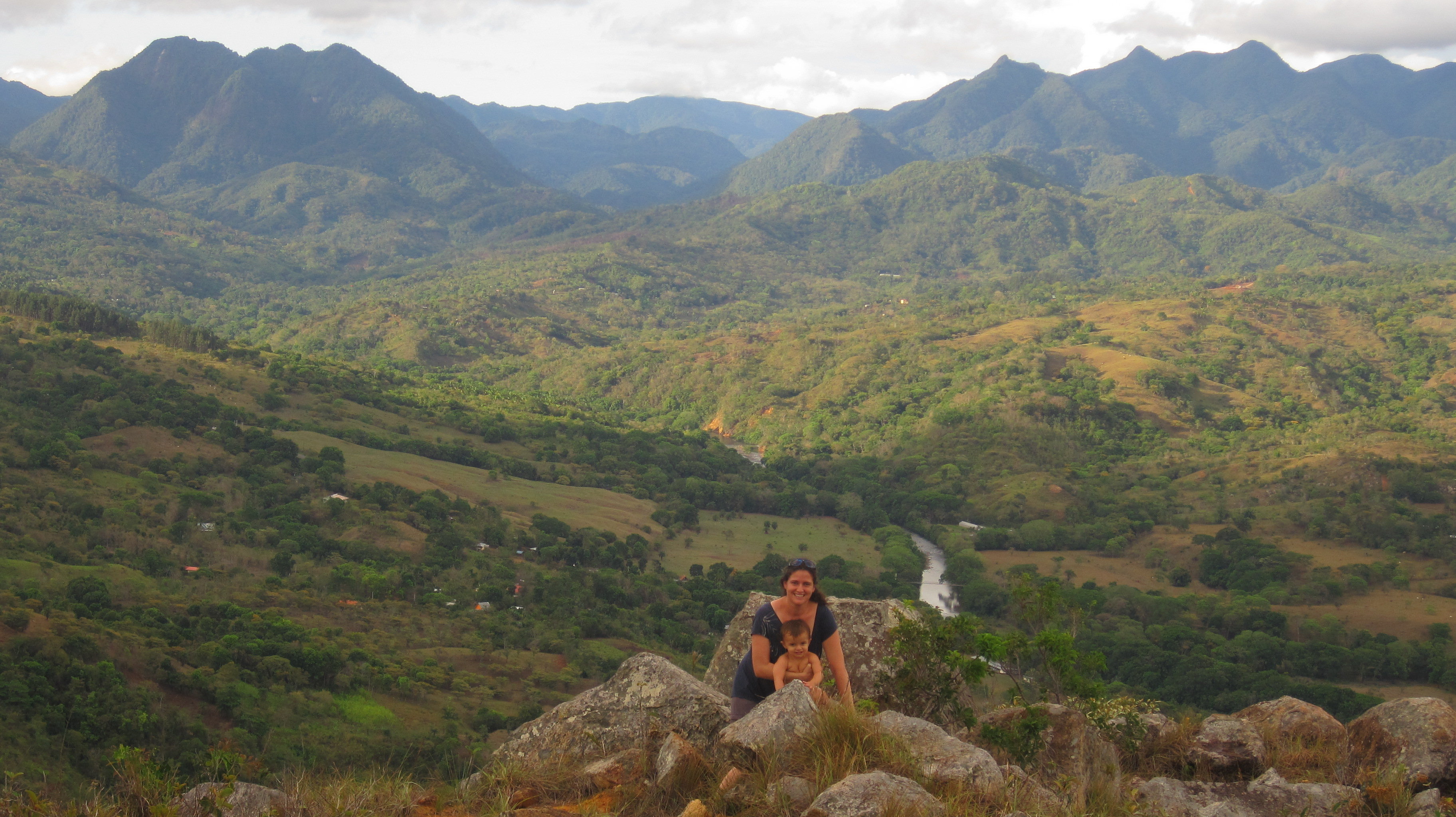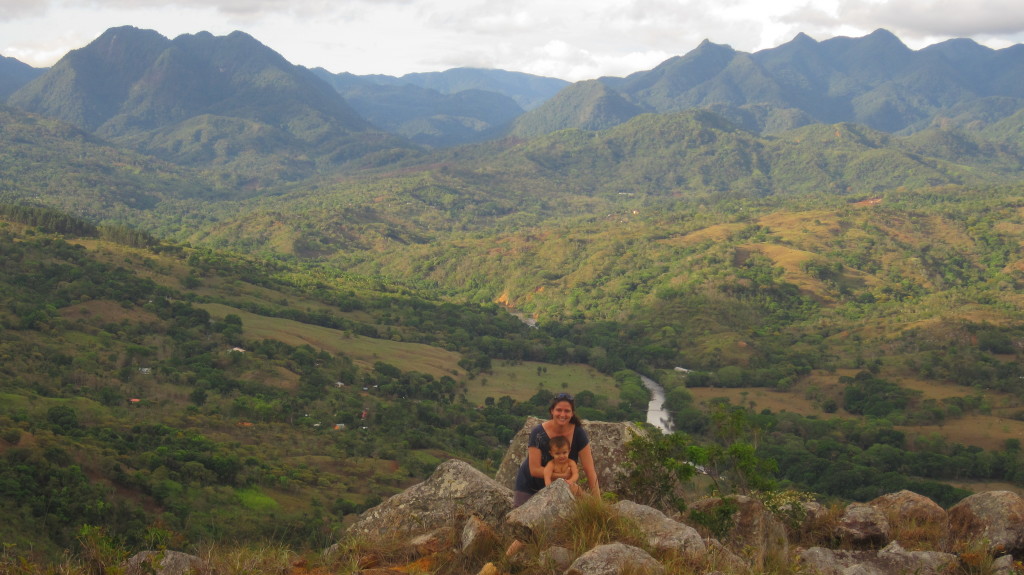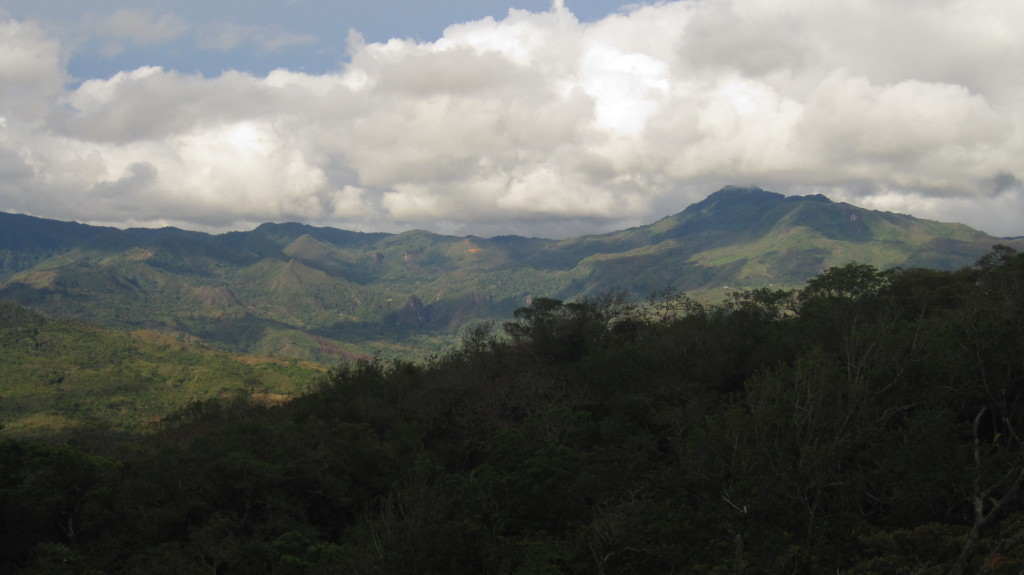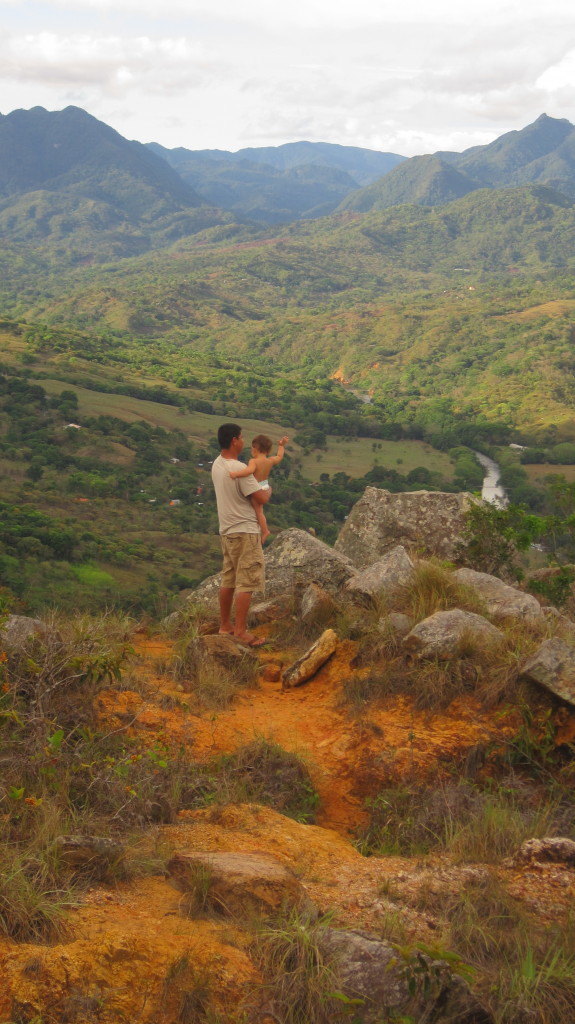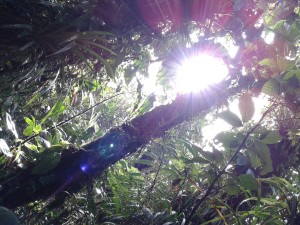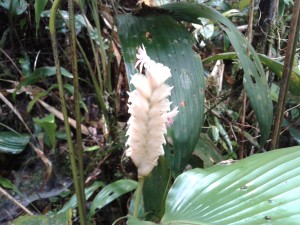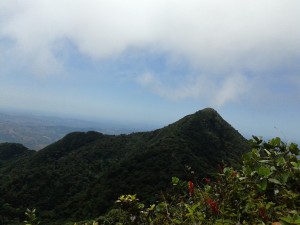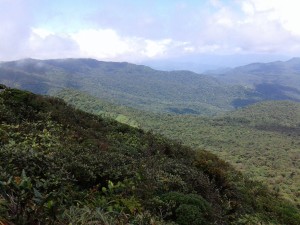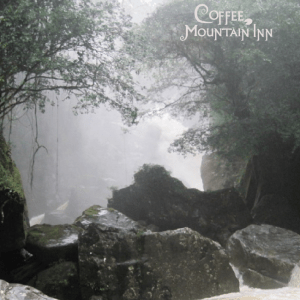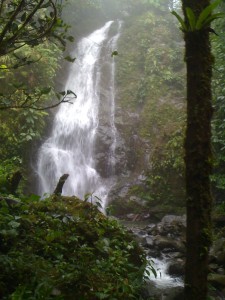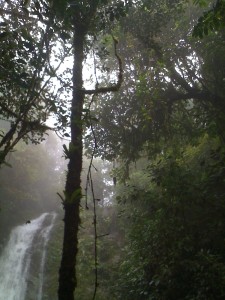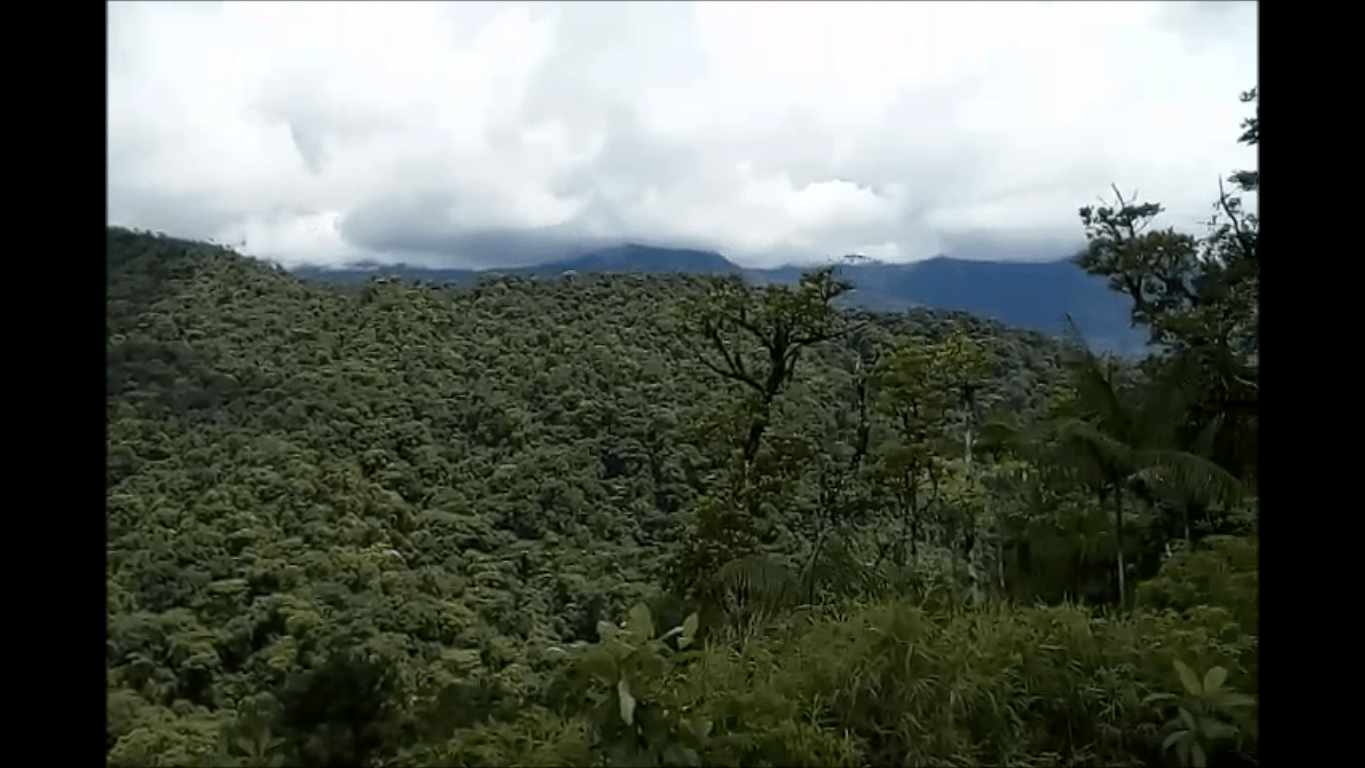 El Mirador, Santa Fe National Park
El Mirador, Santa Fe National Park
When you watch a two year old all day, even if he is your son, you can go a little crazy. Earlier this week, Little Boy (my two year old) and I were off for a local drive up to the continental divide in Santa Fe National Park just to get out of the house for a bit- maybe go for a swim. Of course, he fell asleep along the way, but I wanted to explore a bit, so we went to El Mirador instead.
What is the Mirador?
The mirador (or viewpoint) is a parking area located immediately after the continental divide on the Caribbean side of Santa Fe National Park. The unpaved parking area was leveled out with the building of the road, some 4 years ago, leaving a nice place to stop and take pictures. The views are beautiful, down towards the Calovebora valley, and the Comarca. You can spot small indigenous villages in the distance, view mountain ranges, and observe the difference in vegetation between the forest of the protected National Park and farming of communities below. The muddy, leveled out area (car should have 4×4 if you decide to park), is surrounded by the cloud forest. Here, the effects of heavy winds can be seen near the ridgeline with shorter, windswept trees.
How to get to the Mirador, Santa Fe National Park
On the road towards Guabal, it is located about 1km after the National Park office in Santa Fe National Park, on the right hand side. There is a short driveway leading to a flat, unpaved parking area.
What to do at the Mirador
I got my trusty rubber boots on and went stomping around the parking area while Little Boy slept. Since it is unpaved, the area can get really muddy, and it is surrounded by the jungle.
I am continually amazed how something inauspicious (parking area) is loaded with really neat sights. The trees are pretty bare, making it easy to spot some of the orchids in bloom, huge philodendrums and bromeliads…but my favorite…these amazing leaf cutter ants!
